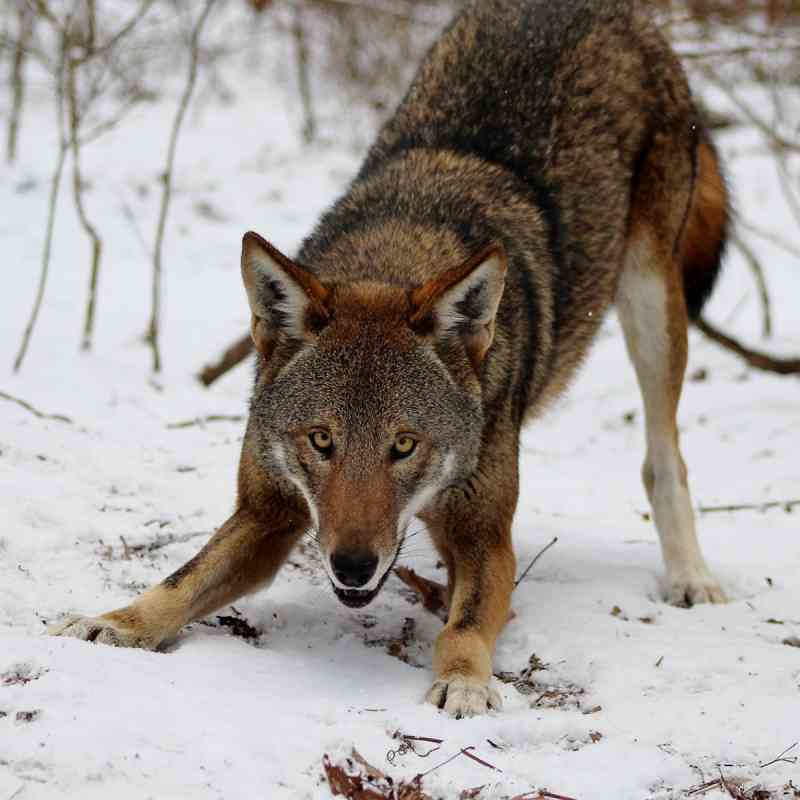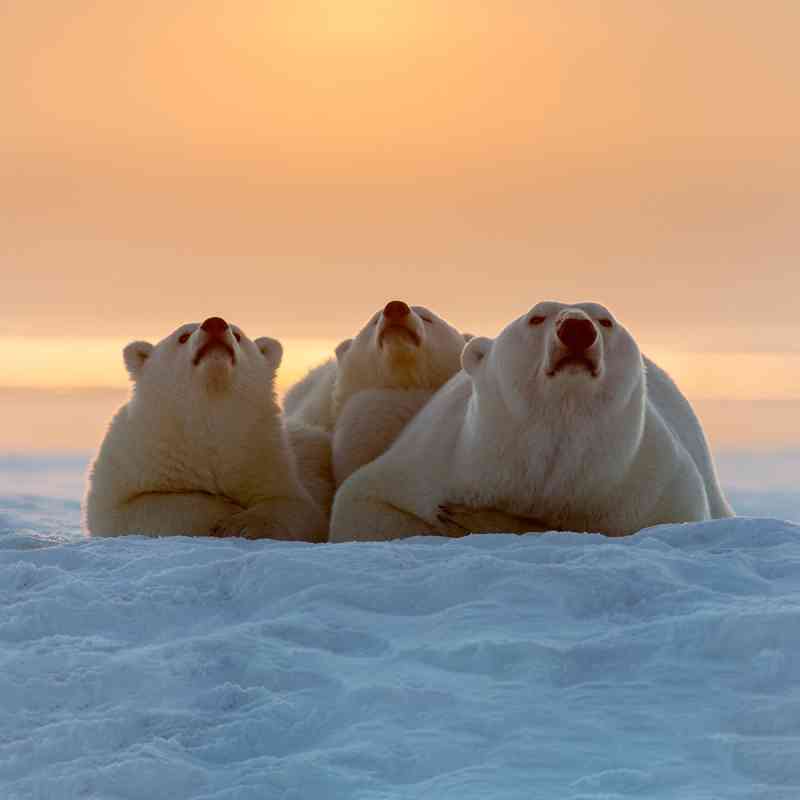Scientists have known about the special relationship between the Endangered Species Act and National Wildlife Refuges for decades, but there had not been a thorough tally of exactly how many threatened and endangered species are found on refuge land, until now.
Defenders of Wildlife and the National Wildlife Refuge Association used hundreds of federal documents and data to develop an up-to-date list of species found on the National Wildlife Refuge System. In a new report, they found that 513 ESA-listed species—nearly one-third of all U.S.-listed species—are found on (or depend on) at least 444 of the 568 wildlife refuges.
“It turns out that more federally-listed species rely on refuges than we previously thought,” said Lindsay Rosa, author of the report and conservation GIS scientist for Defenders of Wildlife’s Center for Conservation Innovation. “We also confirmed that more refuges serve as a sanctuary than were originally identified, which only emphasizes how critical these public lands are to imperiled wildlife.”
The National Wildlife Refuge System of public lands is essential to biodiversity. Many refuges—also shown in this Defenders’ story map—are the only places in the world for species on the edge of extinction. Consider that Alligator River National Wildlife Refuge in North Carolina is the only place for Red Wolves, and Buenos Aires National Wildlife Refuge is the only place for masked bobwhite. Some refuges harbor an exceptionally high diversity of ESA-listed species: Hakalau Forest National Wildlife Refuge in Hawaii and Key Deer National Wildlife Refuge each host more than 30 federally listed species.
“Imperiled species rely on the National Wildlife Refuge System to shelter them from threats underlying the global biodiversity crisis,” said Jacob Malcom, director of Defenders’ Center for Conservation Innovation. “This kind of basic research is essential to ensuring the protection of our national natural heritage, from the smallest butterflies to polar bears and everything in-between.”
As the first country to develop a formal network of protected areas, the U.S. led the way in protecting the landscape for our iconic wildlife. Today, the National Wildlife Refuge System includes some 95 million acres of land and 760 million acres of submerged lands and waters as a sanctuary for our nation’s wildlife. Every state and U.S. territory has at least one wildlife refuge, and most major U.S. cities are within an hour’s drive of one.
Despite its incredible value to wildlife, ecosystems, and all Americans, our refuge system is under unprecedented attack. The Arctic National Wildlife Refuge is threatened by oil exploration. Numerous refuges along the U.S.-Mexico border are threatened by border wall construction. The Okefenokee National Wildlife Refuge is threatened by heavy mineral sand mining.
To ensure that national wildlife refuges continue to serve their conservation purpose—and contribute to the next generation of conservation with goals like “30x30”—we must work together to protect, strengthen and grow this incredible network of conservation lands. From lush tropical forests in Hawaii and the tundra of Alaska, to the northeastern forests of New England and the tropical waters of the Florida Keys, refuges are a cornerstone of endangered species conservation.
For over 75 years, Defenders of Wildlife has remained dedicated to protecting all native animals and plants in their natural communities. With a nationwide network of nearly 2.1 million members and activists, Defenders of Wildlife is a leading advocate for innovative solutions to safeguard our wildlife for generations to come. To learn more, please visit https://defenders.org/newsroom or follow us on X @Defenders.




